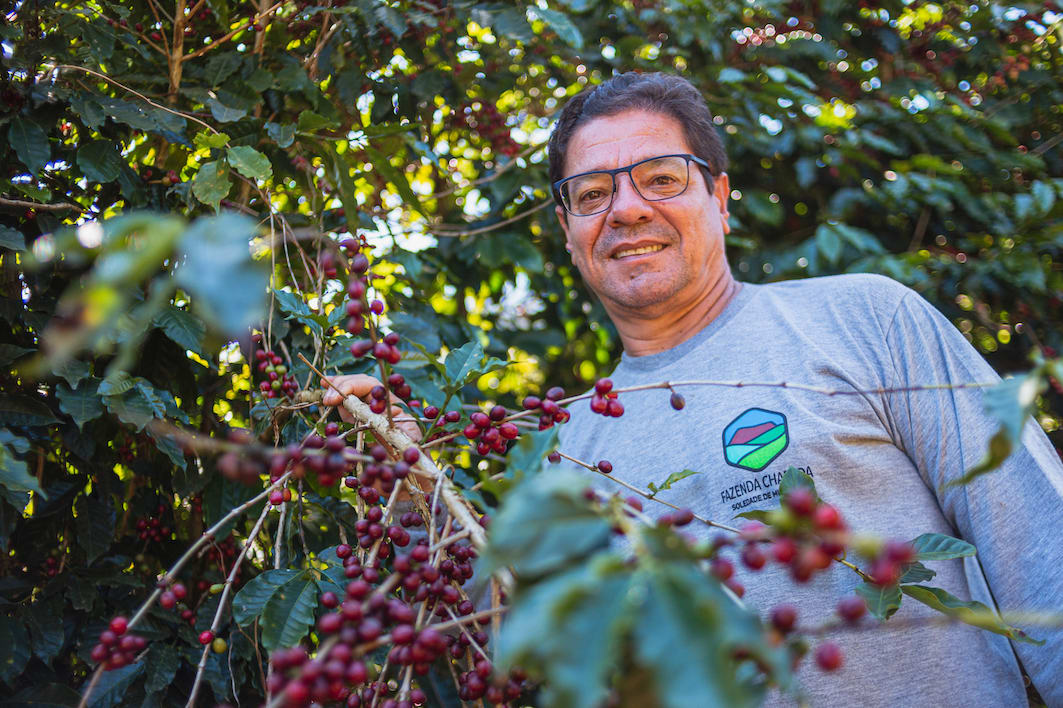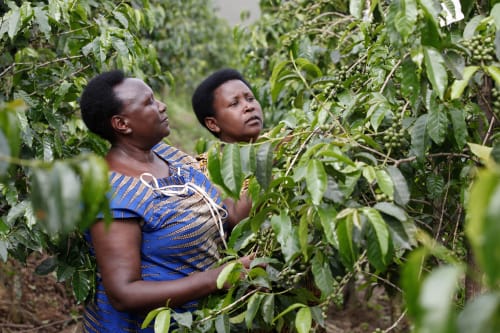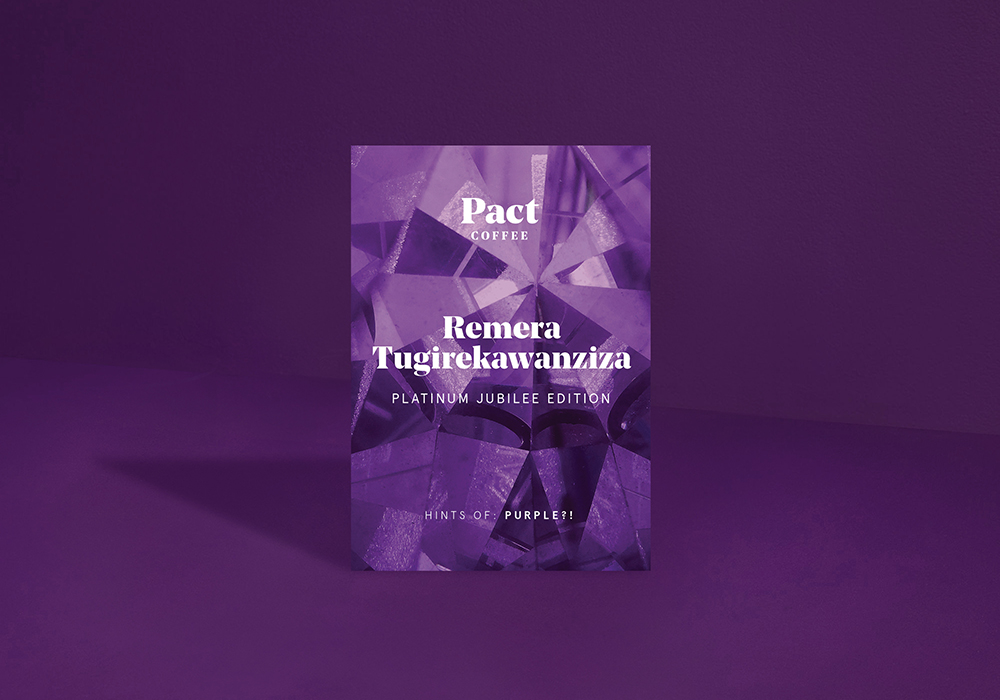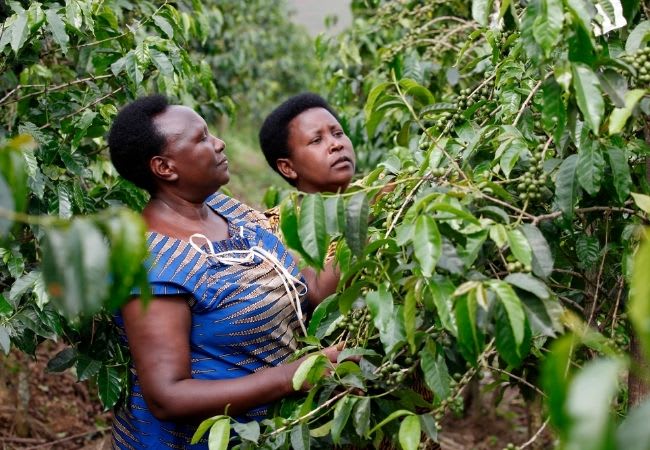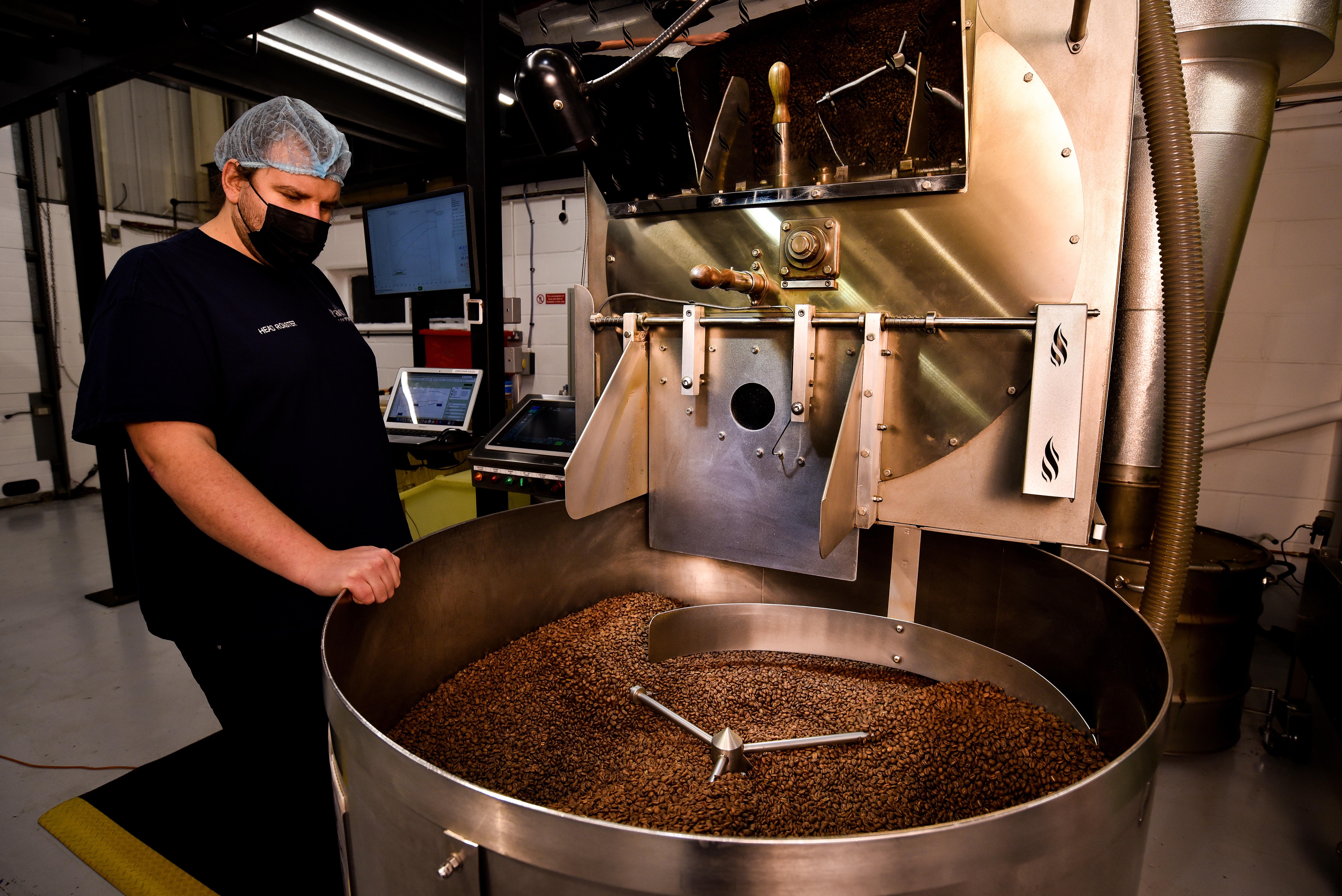The market price of coffee has nearly doubled in the last year. We wanted to take the time to explain to you why this is and what it means for the industry, for farmers, and for Pact.
Frost in South America
To understand what has triggered this big hike in green coffee prices, we need to go back to September of 2020. Unusual meteorological patterns moved across South America, resulting in a frost that severely damaged the crops of many coffee growing countries, such as Brazil and Colombia.
What does frost do to coffee trees?
Coffee trees such as Arabica grow at an optimal temperature of 20-22 °C. They can survive a bit of cold when the temperature drops at night, but frost impacts them very badly, causing their leaves to drop off. Without leaves, the energy they collect is significantly reduced and they cannot produce coffee cherries. Furthermore, it can take trees several years to fully recover from a frost. The result is that many farmers in South America have seen a big reduction in the yield of their crops.
Supply & Demand
Brazil is the highest producer of coffee by a huge margin, accounting for an average of 55 million bags of coffee a year. The next largest is Colombia, which produces around 14 million bags. This means that Brazil’s annual output of coffee can fluctuate by as much as Colombia produces in total. It is therefore Brazil’s harvest that dictates the market value of coffee.
The coffee cycle is annual and whilst last year’s prices were not impacted so dramatically, this year has been a very different story. The anticipation of a much lower output this year and therefore the possibility of demand outstripping supply, means the price of coffee has nearly doubled from approximately $1.25 to $2.35 per pound.
What does this mean for farmers?
At first glance, it may appear that increased prices means better pay for farmers. We wish this was the case, but unfortunately the frost means that they have far less coffee to sell. As such, at most they will make the same amount and in many cases will be earning far less than in a normal year.
We remain steadfast in our commitment to paying farmers a premium that gives them a better quality of life. In some cases, this will mean paying a much higher amount than before, which is an essential step to help support them through this challenging time.
Is this because of climate change?
Weather phenomena such as the 2020 frost have always happened. However, this was followed by a drought within the same year that caused a further reduction in the yield of coffee trees.
To have two such occurrences in such close proximity is highly unusual and there is no doubt that these events are happening with increasing frequency - most likely as a result of climate change.
Does this mean a coffee shortage?
We are working very closely with farmers and due to the longstanding relationships we have forged with them and the premium we pay, Pact and our customers are being prioritised in almost every case. As such, we are highly confident that we can continue to provide the excellent coffee and service you expect from us.
